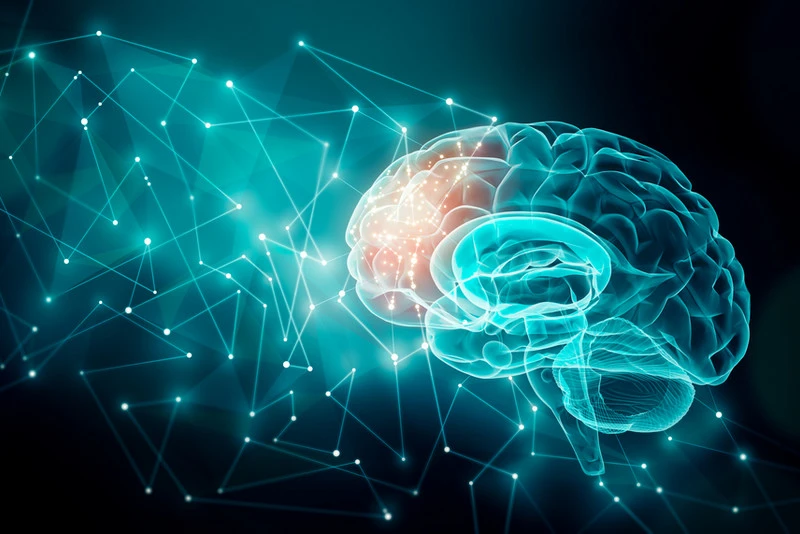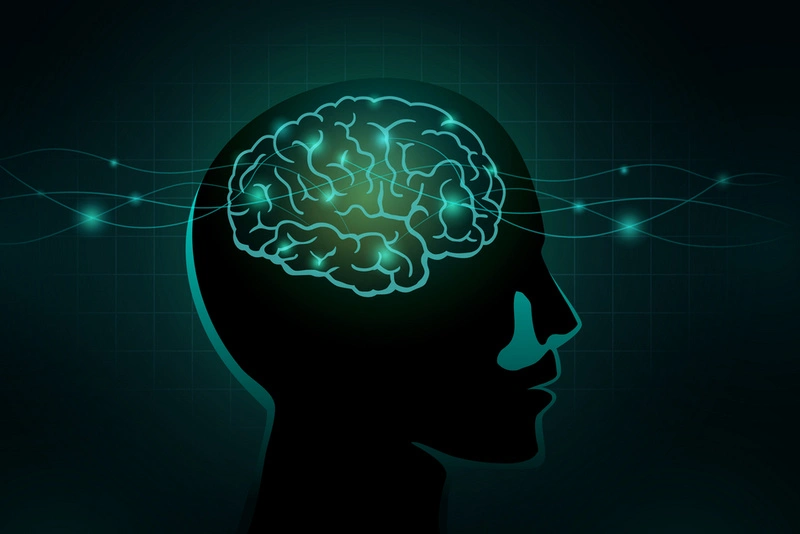This article will provide insights into the efficacy and potential of Transcranial Magnetic Stimulation (TMS) as an alternative treatment option for Attention Deficit Disorder (ADD).
Introduction
Today, there is great interest in alternative treatments for ADD and a growing interest in TMS as a potential therapy. It is important to understand the limitations of current treatment options and the need for alternative approaches to address ADD symptoms effectively.
What is TMS?
TMS is a breakthrough treatment for several conditions, and it received FDA approval in 2008. Since 2015, insurance companies have begun covering the costs of TMS, given its scientifically proven efficacy.
Transcranial Magnetic Stimulation (TMS) is a technology that relies on a padded helmet which is placed over the head of patients. From the helmet, a technician monitors the intensity of magnetic pulses which are repeatedly sent over areas of the brain affected by the condition.
Procedure and Application of TMS
Transcranial magnetic stimulation relies on a padded helmet with unique coils that deliver magnetic pulses. These magnetic wave pulses can reach deeper areas of the brain that are most likely to be affected by ADD.
During these sessions, you sit in a comfortable chair while a technician monitors the intensity of the magnetic pulses and your level of comfort. You can talk to friends and family, read a book, or even watch TV during the sessions. Sessions are no more than 20 minutes long, and you can go through several sessions each week, returning to your normal activities immediately after.
Patient Experiences
TMS is not a painful procedure. In fact, less than 5% of patients experience discomfort that causes them to discontinue treatment. All patients remain awake and alert during the process, and with minimal to no side effects, it is easy to drive home after, go back to the office, or resume other activities after each session.
During the sessions, you can expect to feel a short, two-second pulse feeling against your forehead. This pulse takes place at twenty-second intervals but is not painful. In fact, the technician will monitor the intensity of your pulses during your treatment to make sure you remain comfortable during your program.
Some patients experience mild discomfort after a session in the form of a tingling or headache but this goes away after the first session, and most people don’t have any side effects after a few treatments.

Mechanisms of TMS for ADD
With alternative treatments for ADD, TMS targets the right prefrontal cortex, an area responsible for many of the ADD symptoms.
With ADD alternative treatment, research has concluded that TMS applied to the dorsolateral prefrontal cortex can also help patients with ADD.
Stimulating these areas brings with it changes to motor inhibition and hyperactivity, which reduces many of the main ADD symptoms.
Considerations and Precautions
Treatment plans usually involve a six-week period, during which time you will get a TMS session five days per week. These sessions are often limited to twenty minutes each time. After the sessions you can go back to work, drive yourself, or engage in other activities without any issue.
Once you work with a care team to develop a treatment plan, it is best to stick with the predetermined schedule in order to get the best results. There might be individual days when you have another appointment or are out of town, and those missed treatment sessions should not impact the efficacy of your overall care plan.
How long do results last
For many people, the results from TMS last at least six to twelve months. TMS is not a permanent solution but it is a short-term treatment option that can offer relief for several months without side effects.
Many people find that TMS is an effective treatment option to incorporate into their regular care program, something that can be used every year or so.
That said, as soon as you feel an increase in your symptoms, you can reach out about a new round of treatment.
Research Evidence and Efficacy
With alternative treatments for ADD, research has concluded that when stimulated, TMS can help reduce cortical excitability, which means better motor control and reduced hyperactivity. Other research has shown that those with ADD who undergo TMS for ADD have better cortical inhibition levels.
Other studies have found that TMS for ADD shows significant improvement in attention and executive function in ADD.
As an alternative treatment for ADD, studies have confirmed that TMS has a strong ability to significantly improve attention in those with ADD.
When reviewing the evidence and efficacy for alternative ADD treatments, studies involving TMS targeting the prefrontal cortex saw significant improvement in attention when the right side was targeted.
With ADD alternative treatment, research has concluded that TMS has no safety issues or side effects and is a useful treatment for ADD patients who cannot tolerate or do not respond to medications.

Comparing TMS with Other Alternative Treatments for ADD
One of the things people want to know when they start TMS is whether they need to continue with other prescriptions. If you have been prescribed medication by your doctor, you should continue using it while undergoing TMS.
If, during the course of treatment, symptoms start to improve, then you can discuss tapering off medications with your doctor. Your doctor will help you curate a long-term care plan moving forward that incorporates TMS.
ADD TMS vs. ECT
With alternative treatments for ADD, TMS is arguably safer than things like shock therapy. TMS is a proven form of brain stimulation that is much less invasive compared to other options like electroconvulsive therapy. ECT requires electric shocks, electrodes, and anesthesia, which brings with it higher risks of complications. It also risks things like nausea, dizziness, and memory loss.
By comparison, TMS ADD alternative treatment uses a non-invasive process that relies on magnetic pulses to stimulate brain activity rather than electricity. This means you remain awake during the procedure without any electric shocks or anesthesia. There are minimal to no side effects and the safety is so high you can easily drive yourself home after a session and resume your daily activities.
TMS for ADD vs. Medications
TMS as an alternative treatment for ADD, is considered a useful alternative for people who are resistant to medication. Many prescription medications have numerous side effects, including weight gain, dizziness, headaches, nausea, and more. TMS is a non-systemic treatment, which means it does not circulate inside the blood, so there are none of the systemic-related side effects. Instead, it offers a non-invasive way to manage symptoms without any long-term reliance on medication.
Summing Up
Overall, TMS is one of the most promising alternative treatments for ADD. It is a new avenue for managing ADD symptoms and improving overall quality of life. While there is a great deal of research confirming the safety and efficacy of TMS ADD treatment, the results are often most effective in those for whom other medications or treatments do not work.
